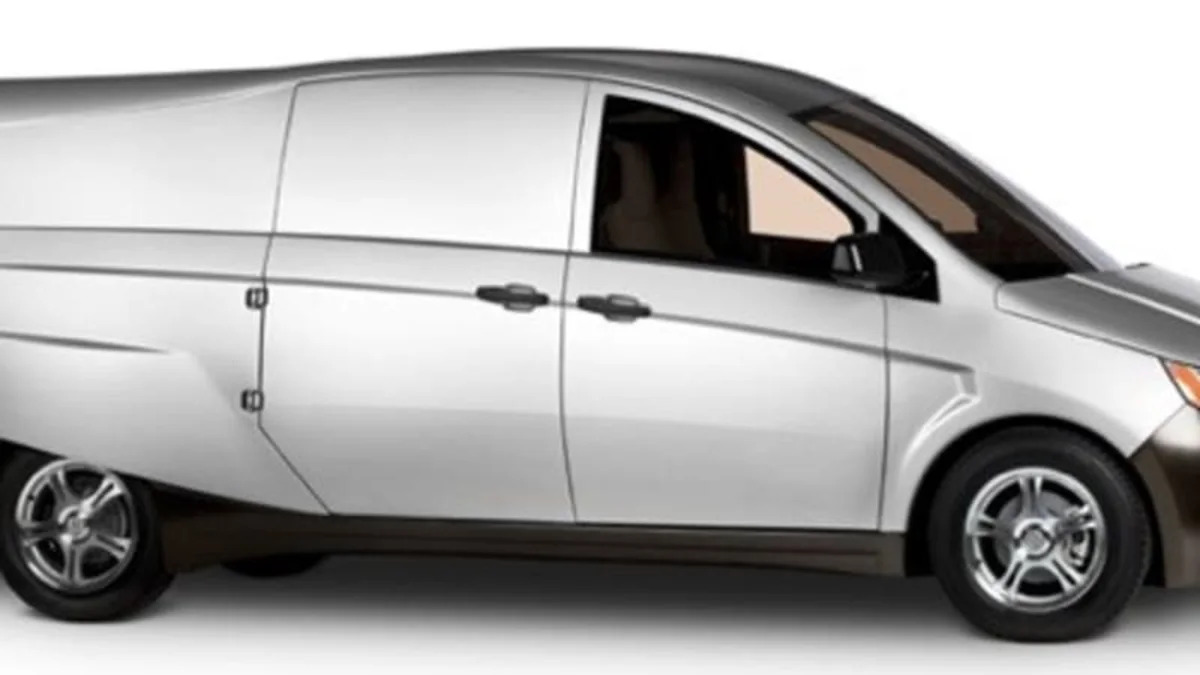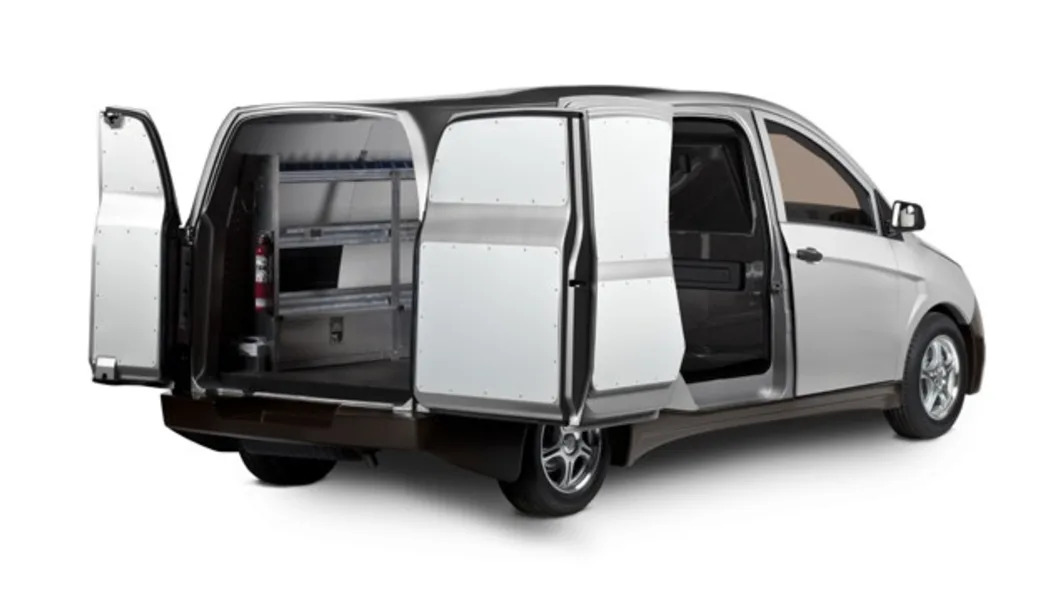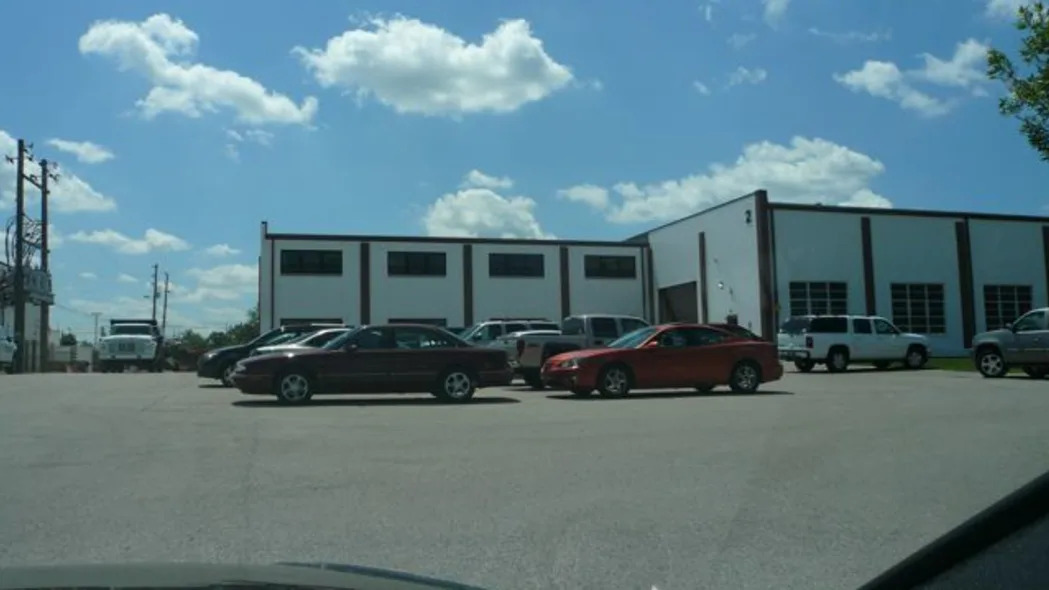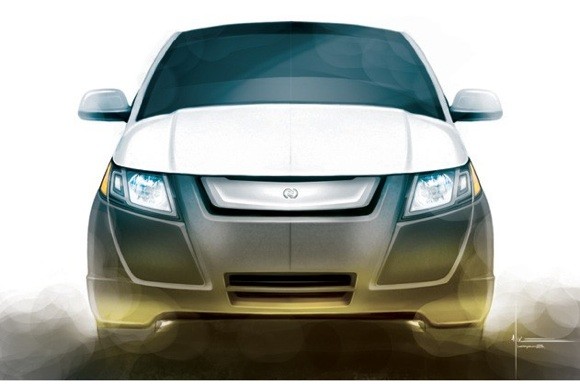Bright IDEA EV van - click above for high-res gallery
Bright Automotive unveiled the Bright IDEA plug-in hybrid van at the end of April in Washington, D.C. The van that was on display that day is still the only IDEA in existence, but Bright has big dreams to get their through-the-road hybrid system into a lot of vehicles, even before the IDEA goes into production in three or four years. We recently had a chance to sit down with Michael Brylawski, Bright Automotive's of VP Corporate Strategy, to talk about the IDEA, Bright Automotive's new conversion options and why the government should be looking seriously at handing out money to start-ups.
Find out how Bright could put 150,000 PHEVs on the road by 2015 after the jump.
Bringing the IDEA to life
There is currently only on IDEA van in existence – the one that Paul Scott got to drive – but Bright also has the PHEV powertrain running in a Dodge Caliber mule. How does Bright Automotive plan to go from this vehicle and a half to 150,000 units on the road in six years? With a little help from the feds.
Bright's plans include building a manufacturing facility that would be operational by the end of 2012 (or the beginning of 2013) and could make 50,000 IDEAs a year. If they crank out 50,000 each year between 2013 and 2015, well, there you have your 150,000 PHEVs by 2015 and one company has met 15 percent of Obama's goal. Of course, this won't be possible without some government money, and Bright has submitted an Advanced Technology Vehicles Manufacturing loan program (ATVMLP) request for $450 million to build a facility, possibly in Anderson, Indiana, that would create 5,000 jobs. "The longer we wait to make decisions, the longer it takes for these jobs to get created," Brylawski said.
There's a reason that Anderson could get all those jobs. "We strategically located Bright in Indianapolis from Colorado," Brylawski said, because of all the electrification expertise in the city. Local electric-car-related companies include lithium battery companies Altairnano and EnerDel along with Allison and Delphi.
Brylawski said that the federal government has not been spreading enough money to companies that aren't connected to the major automakers. So far, he said, only about one percent of the money handed out to automakers recently was given to start-ups (Tesla's $465 million). "We are investing way too much right now in the "safe" investments – are they really safe? – and not enough in the entrepreneurial companies," he said. Of course he'd like Bright to get some money, but the Bright crew is saying in unison that many little fish deserve some big money. Bright Automotive CEO John Waters wrote an editorial to that effect earlier this summer.
Wait, what is the IDEA again?
As we learned earlier this year, the Bright IDEA PHEV is a lightweight vehicle that uses a 10 kWh battery pack and a through-the-road parallel hybrid set-up to achieve a 30-mile all-electric range. That's impressive, but the IDEA also gets 40 mpg (yes, 40) when the van is operating in "Prius mode" (as Brylawski called it). If we use the math we learned in the gallons per mile Greenlings, we can see that a vehicle like the IDEA has tremendous potential to reduce the amount of petroleum used by delivery vehicles in the U.S. Displacing a van that gets 12 or so miles per gallon with a PHEV that can go 30 miles on a charge and then becomes a 40 mpg vehicle could be worth thousands of gallons a year to fleet operators. Another way to say it is that the van gets 100 mpg* (asterisk defined here).
One of the reasons that the IDEA gets such good fuel economy is that the "iconic" shape of the van doesn't just serve to make it look like a duck. In fact, some of the aerodynamics were shaped by people who also worked at Boeing.
"Aerodynamics and weight are the two big levers for efficiency – for electric and non-electric vehicles," Brylawski said. "Automotive [companies] are good at aerodynamics, but they've been doing it for, what, 20-25 years since the first fuel crisis? Aerospace has been doing this for 100 years. There is so much expertise in aerospace and we brought that in." The end result is that the IDEA has the aerodynamic footprint and weight of a mid-size sedan. Brylawski said he believes that having the IDEA on the market will stimulate a push for lightweight vehicles as much as it does for more electrification in vehicles.
Pre-IDEA conversions
Before the IDEA takes off, though, Bright Automotive is testing the technology in PHEV conversions that will allow the company make a bit of money. The conversions take the powertrain that will be in the IDEA and add it to a VW Transporter. The Transporter is a European deliver van model that works well for these conversions because it has somewhat comparable specs, a front-wheel drive system and has already passed European safety and emissions regulations. The converted vans will be available to buyers in the U.S. in the near future at a price that has not yet been made public. All Brylawski would say is that it will be higher than the IDEA because the volumes will be lower. Still, he said, "We realized we can do conversions to give people a taste of electrification sooner [than 2012]."
Back in 2007, we had a long talk with Brylawski about his work on the Hypercar at the Rocky Mountain Institute. There's a lot of information in the four-part series. Click here to read it.





Sign in to post
Please sign in to leave a comment.
Continue